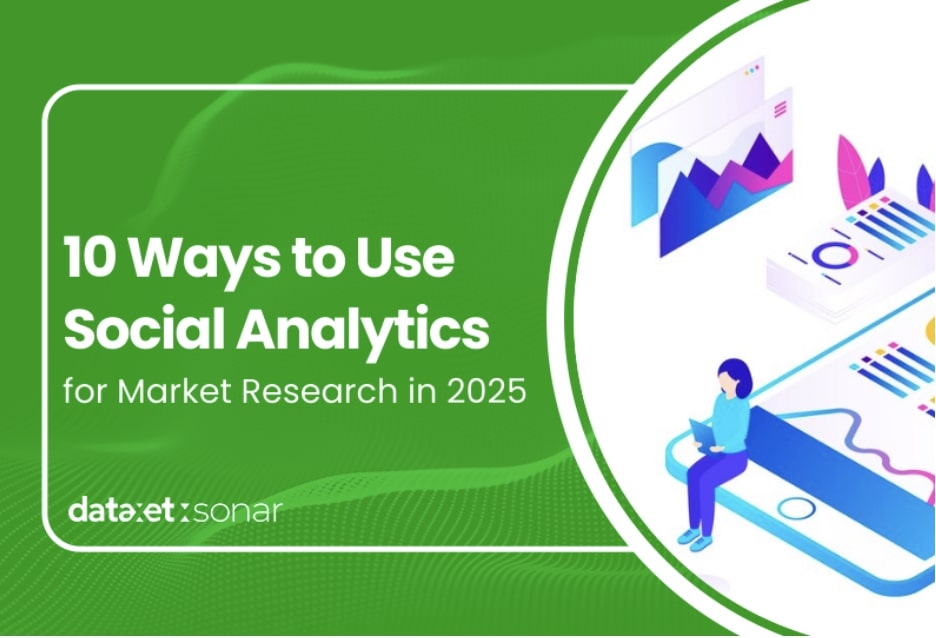Natural Language Processing, commonly referred to as NLP, is a field of Artificial Intelligence (AI) that helps computers understand the rules and structures of human’s natural language. By combining the power of computer science, linguistics, and machine learning, NLP is the key technology behind how computers can understand, decipher, analyse, and make sense of the human language—including the intention and sentiment behind it.
As complex as it sounds, NLP-powered software has long been helping us out in our daily lives—most likely without us even realizing it. Some of the most common use of NLP can be found in the tools we use every day, such as search engines, predictive text, language translator, voice assistants, as well as sentiment analysis.
On this blog, we will briefly explain how NLP is particularly used in voice assistants and sentiment analysis tools.
1. NLP in Voice Assistants
Have you ever really thought about how voice assistants like Siri, Alexa, and Google Assistant are all not only able to understand the language that you speak, but could also directly respond to you in your own language and perform those actions you asked them to? Well, that’s because voice assistants use NLP to understand the structure and meaning of human language by analysing its different linguistic aspects such as morphology, syntax, semantics, and pragmatics.
This linguistic knowledge will then get transferred into machine learning algorithms to perform specific actions or solve particular problems. This is the reason why you might feel as if these voice assistants can really “communicate” with you just like how any other humans would, when it is in fact NLP’s interpretation and manipulation of human speech using software.
2. NLP in Sentiment Analysis
Sentiment analysis—also commonly referred to as opinion mining—uses NLP and machine learning algorithms to help determine whether the emotional tone behind each social media conversation is positive, negative, or neutral. There are three ways you could implement algorithms in the process of conducting a sentiment analysis: rule-based approaches, automatic approaches, and hybrid approaches. Various NLP techniques related to computational linguistics are included in the rule-based approaches, such as stemming, tokenization, part-of-speech tagging, and parsing—which we will discuss more about later.
If you have any questions about how Sonar uses NLP to perform sentiment analysis of Bahasa Indonesia in social media conversations and discover insights that are most valuable to you and your company, please feel free to contact us.





